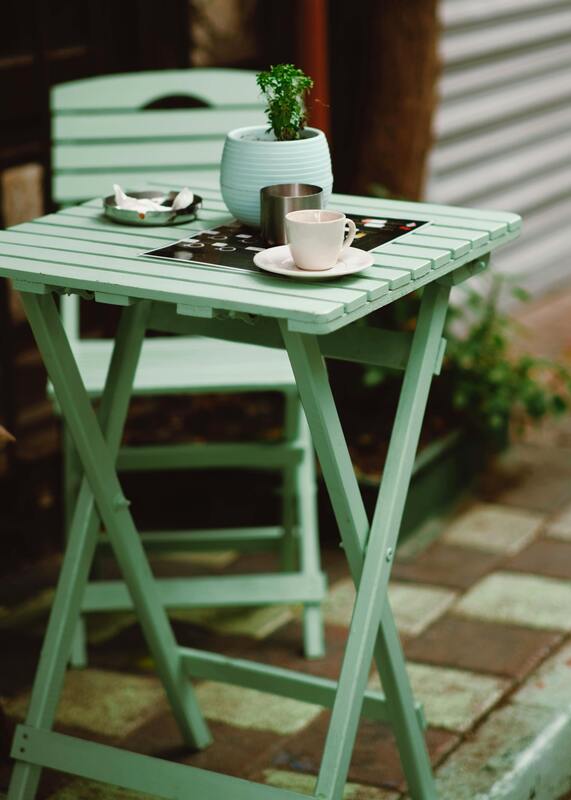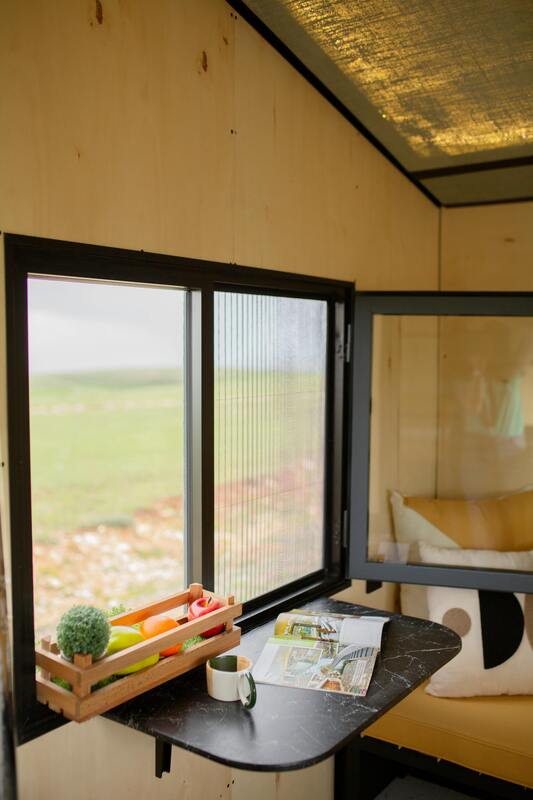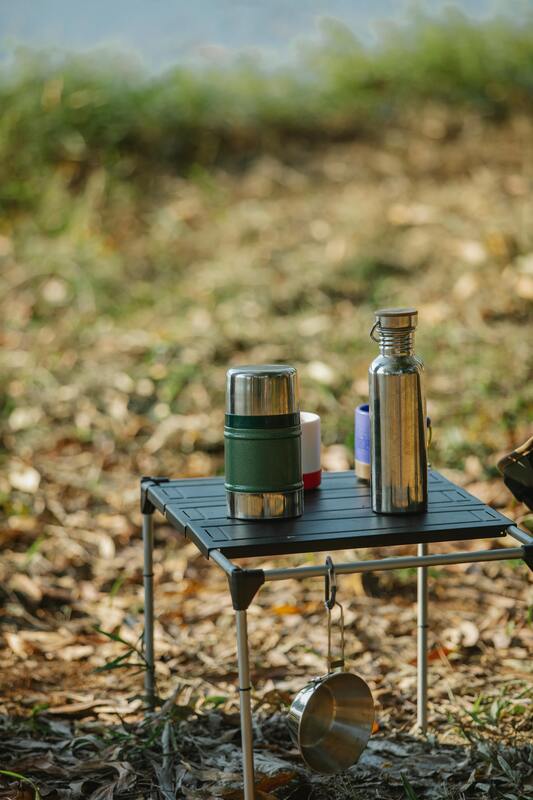So, folding tables are cool 'cause you can fold up their legs, which makes them easy to carry around and stash away. Some even fold in half!
Types of Folding Tables
A. How They Fold
Flip-tops:
The tabletop flips straight up.
You often see these in meeting rooms and schools.
Drop-leaf:
The sides of the tabletop fold down.
Handy for small apartments and kitchens.
Accordion or Collapsible:
The legs squeeze together like an accordion.
Usually light and easy to lug around.
Portable:
Made for camping, picnics, or outdoor events.
Usually super light and sometimes have legs that slide out.
Nested or Stacking:
You can fold these up and stack them inside each other.
Great if you need tables for different things.
B. Shapes
Rectangle: The most common type for offices, schools, and eating.
Round/Oval: Great for small get-togethers or saving space in corners.
Square: Used as side tables or for random stuff.
Special Shapes: Like half-circles or horseshoe shapes, or tables you can put together.
C. What They're Made Of
Tabletop Stuff:
Plastic/Polyethylene: Light, waterproof, and easy to clean.
Wood/MDF/Plywood: Strong and look nice, but heavier.
Metal: Lasts long, used in factories and shops, sometimes painted.
Glass: Not usually foldable, mainly for looks.
Leg Stuff:
Steel/Aluminum: Strong and won't rust if they're coated.
Wood: Heavy, not as common, can look nice.
Plastic/Composite: Light, but not as tough.
Things to Think About
How much weight they can hold: Usually about 100-1000 pounds, give or take.
How easy they are to carry: How small they fold up, if they have a handle, and how much they weigh.
If they lock: You want locks, so they don't collapse on you by accident.
How easy they are to fold: Some have buttons or levers that make it simple.
What the top is like: Smooth for writing, grippy, so stuff doesn't slide off.
How stable the legs are: Extra supports or legs that slide out make them sturdier.
How easy they are to store: You want them to be thin, so you can stick them in a closet or hang them on the wall.
What They're Good For
Inside: Eating, studying, offices, schools, crafts.
Outside: Camping, picnics, markets, parties, shows.
Just general use: Working in the garage, a desk you can move, a folding workbench.
Good and Bad Stuff
Good:
Saves space and easy to move.
Works inside or outside.
Usually light and simple to store.
Can be used all the time or just when you need it.
Bad:
Can be wobbly if they're cheap or badly made.
Can't hold a ton of weight if they're light.
The folding parts can break over time.
Don't always look as good as regular tables (depends on what they're made of).
How to Keep Them Nice
Keep the hinges and locks clean and oiled (if they're metal).
Wipe the tops often, so they don't stain or warp.
Don't put too much weight on them, or they might bend or break.
Keep them inside or covered up, so they don't rust or get damaged by the sun.
Tips for Buying One
Check how much it weighs and how big it is: Make sure it fits where you want it and can hold what you need it to.
Try folding it: It should be easy and lock tight.
Look at the legs: See if they have extra supports or locks.
What it's made of: Heavier materials are stronger, lighter materials are easier to carry.
What the top is like: Pick one that works for what you're doing (smooth for writing, grippy for outside).
Easy to carry: Handles or a foldable design are a plus.
Saves space: Check how small it folds up before you buy it.
Making Your Own
You can build foldable tables using:
A tabletop made of plywood or MDF.
Legs that fold (you can get these at hardware stores).
Hinges or brackets that let you fold them up.
Types of Folding Tables
A. How They Fold
Flip-tops:
The tabletop flips straight up.
You often see these in meeting rooms and schools.
Drop-leaf:
The sides of the tabletop fold down.
Handy for small apartments and kitchens.
Accordion or Collapsible:
The legs squeeze together like an accordion.
Usually light and easy to lug around.
Portable:
Made for camping, picnics, or outdoor events.
Usually super light and sometimes have legs that slide out.
Nested or Stacking:
You can fold these up and stack them inside each other.
Great if you need tables for different things.
B. Shapes
Rectangle: The most common type for offices, schools, and eating.
Round/Oval: Great for small get-togethers or saving space in corners.
Square: Used as side tables or for random stuff.
Special Shapes: Like half-circles or horseshoe shapes, or tables you can put together.
C. What They're Made Of
Tabletop Stuff:
Plastic/Polyethylene: Light, waterproof, and easy to clean.
Wood/MDF/Plywood: Strong and look nice, but heavier.
Metal: Lasts long, used in factories and shops, sometimes painted.
Glass: Not usually foldable, mainly for looks.
Leg Stuff:
Steel/Aluminum: Strong and won't rust if they're coated.
Wood: Heavy, not as common, can look nice.
Plastic/Composite: Light, but not as tough.
Things to Think About
How much weight they can hold: Usually about 100-1000 pounds, give or take.
How easy they are to carry: How small they fold up, if they have a handle, and how much they weigh.
If they lock: You want locks, so they don't collapse on you by accident.
How easy they are to fold: Some have buttons or levers that make it simple.
What the top is like: Smooth for writing, grippy, so stuff doesn't slide off.
How stable the legs are: Extra supports or legs that slide out make them sturdier.
How easy they are to store: You want them to be thin, so you can stick them in a closet or hang them on the wall.
What They're Good For
Inside: Eating, studying, offices, schools, crafts.
Outside: Camping, picnics, markets, parties, shows.
Just general use: Working in the garage, a desk you can move, a folding workbench.
Good and Bad Stuff
Good:
Saves space and easy to move.
Works inside or outside.
Usually light and simple to store.
Can be used all the time or just when you need it.
Bad:
Can be wobbly if they're cheap or badly made.
Can't hold a ton of weight if they're light.
The folding parts can break over time.
Don't always look as good as regular tables (depends on what they're made of).
How to Keep Them Nice
Keep the hinges and locks clean and oiled (if they're metal).
Wipe the tops often, so they don't stain or warp.
Don't put too much weight on them, or they might bend or break.
Keep them inside or covered up, so they don't rust or get damaged by the sun.
Tips for Buying One
Check how much it weighs and how big it is: Make sure it fits where you want it and can hold what you need it to.
Try folding it: It should be easy and lock tight.
Look at the legs: See if they have extra supports or locks.
What it's made of: Heavier materials are stronger, lighter materials are easier to carry.
What the top is like: Pick one that works for what you're doing (smooth for writing, grippy for outside).
Easy to carry: Handles or a foldable design are a plus.
Saves space: Check how small it folds up before you buy it.
Making Your Own
You can build foldable tables using:
A tabletop made of plywood or MDF.
Legs that fold (you can get these at hardware stores).
Hinges or brackets that let you fold them up.


